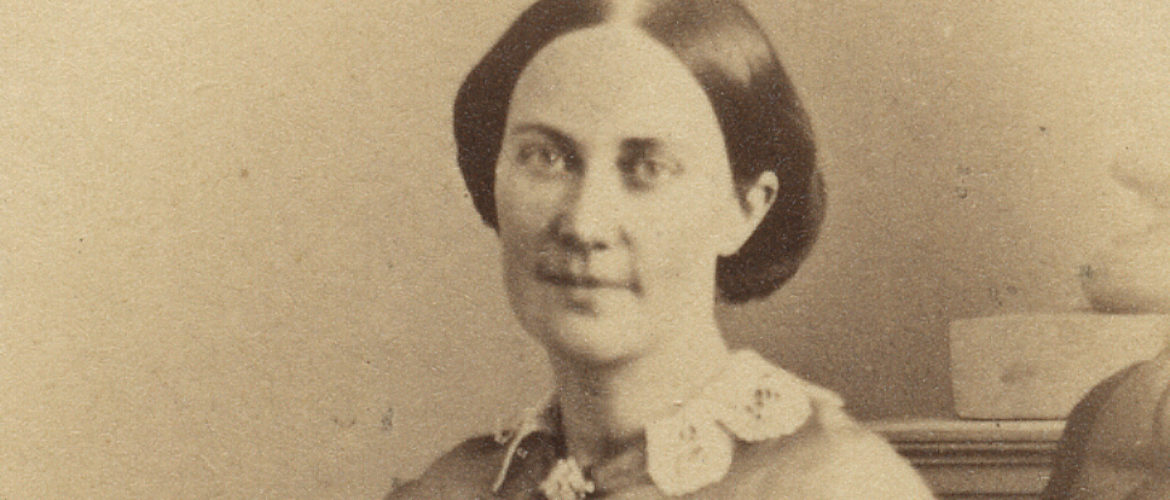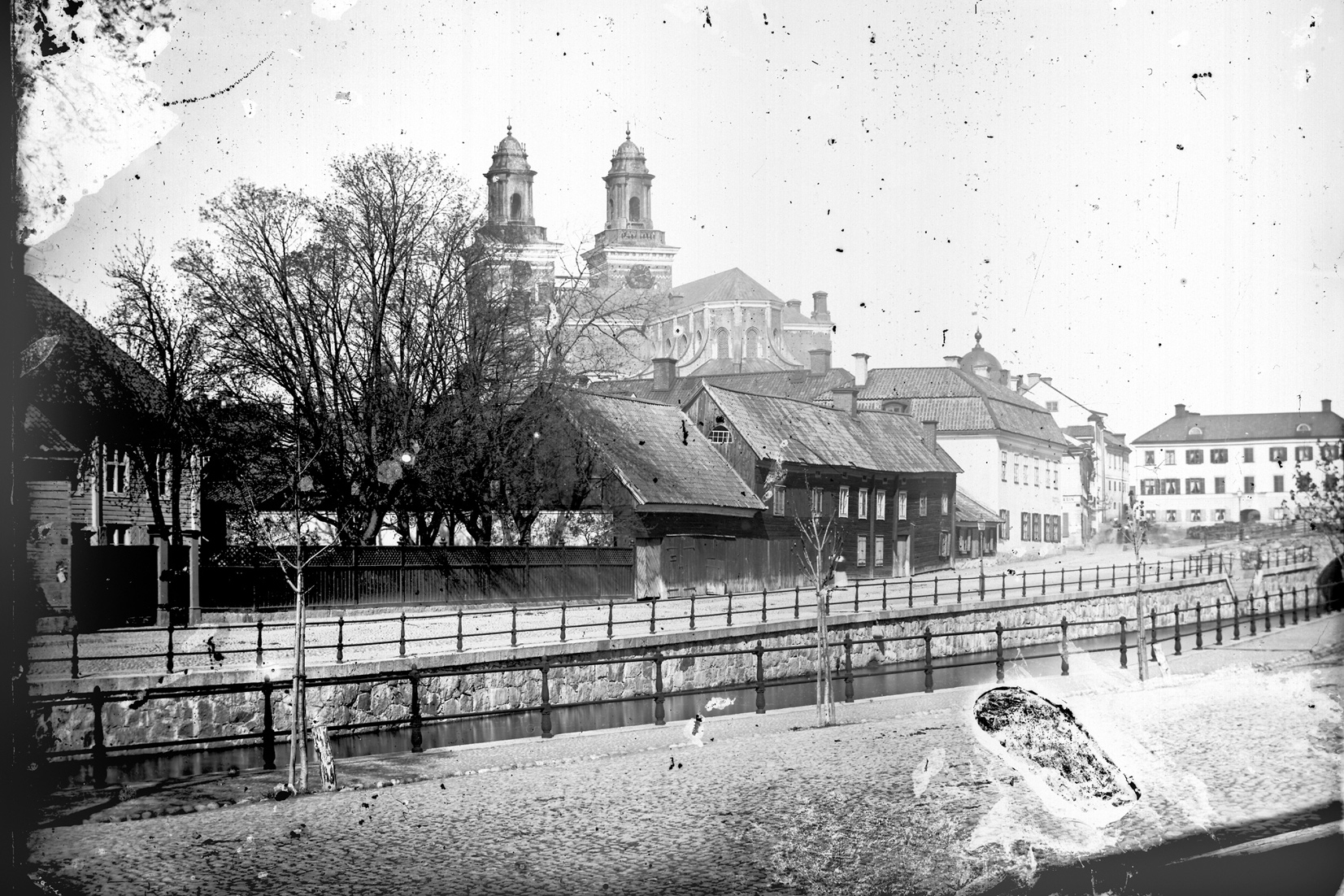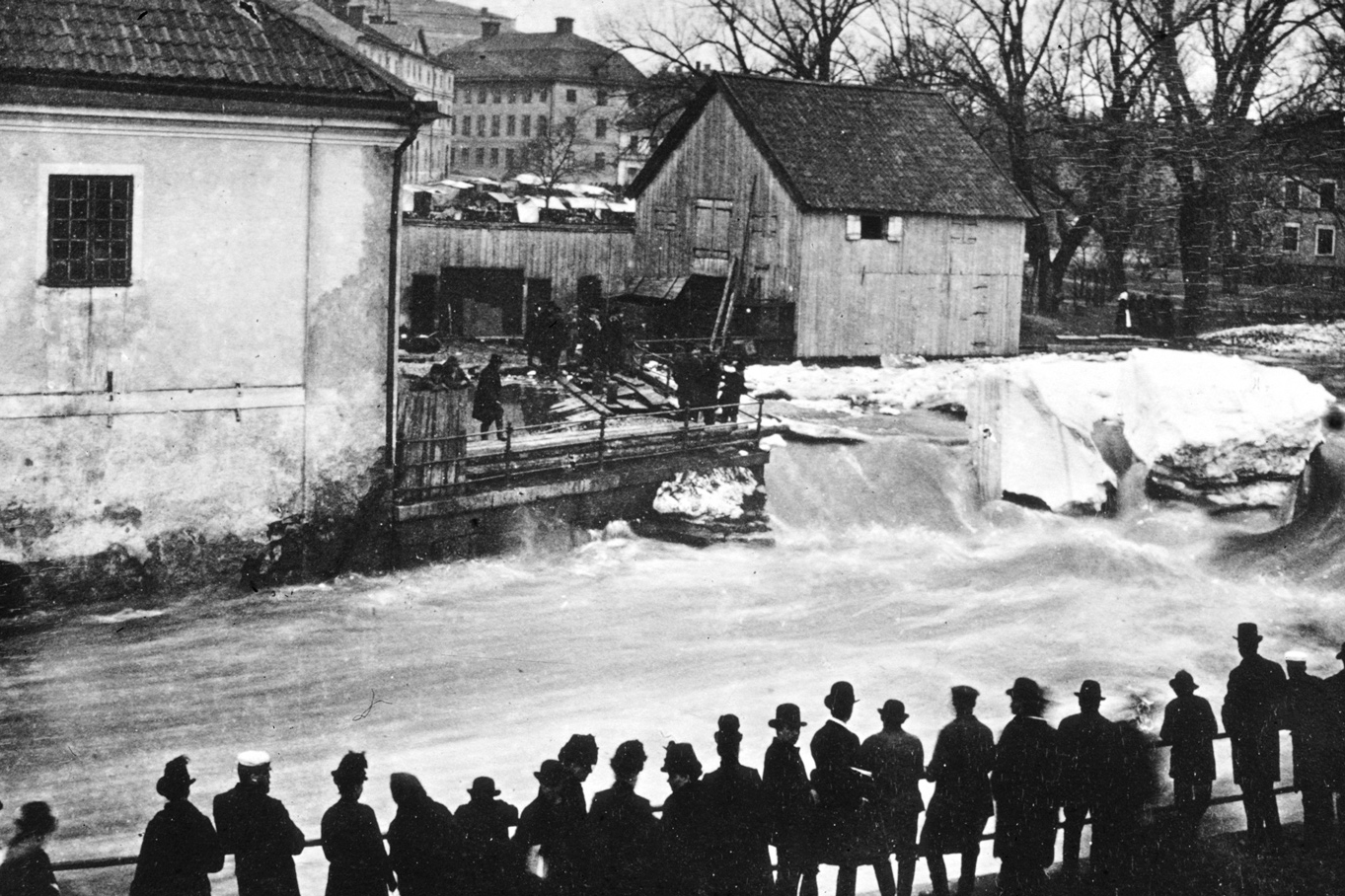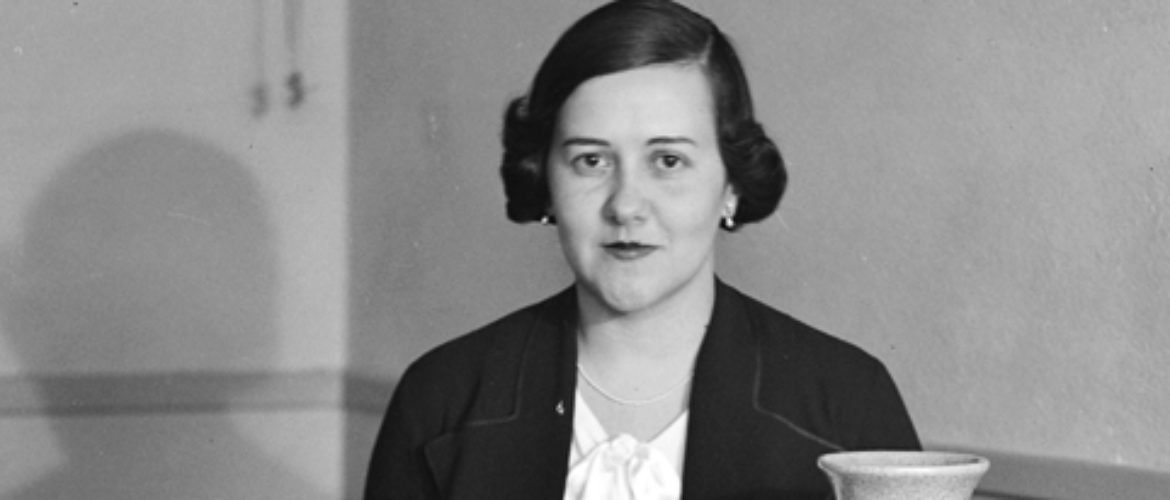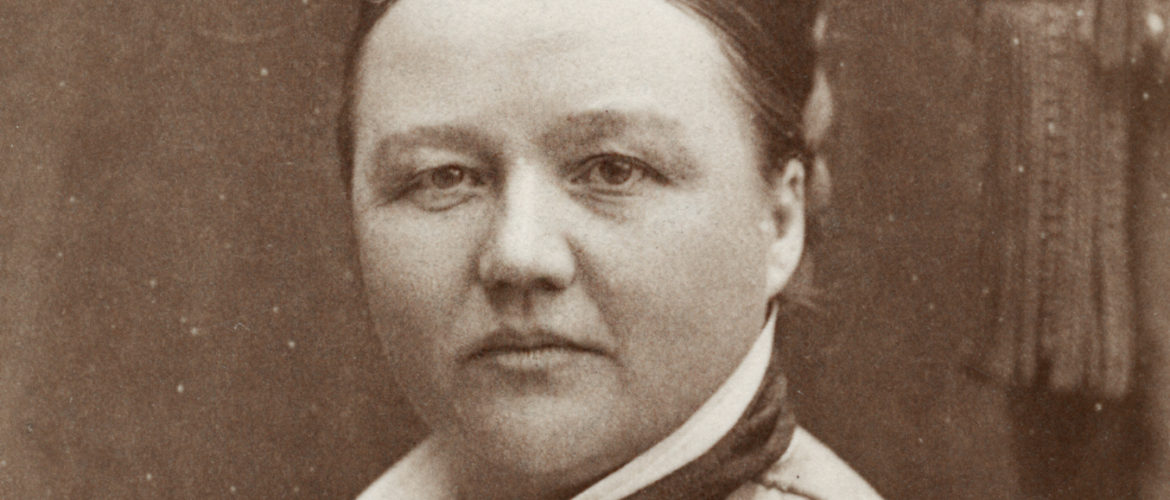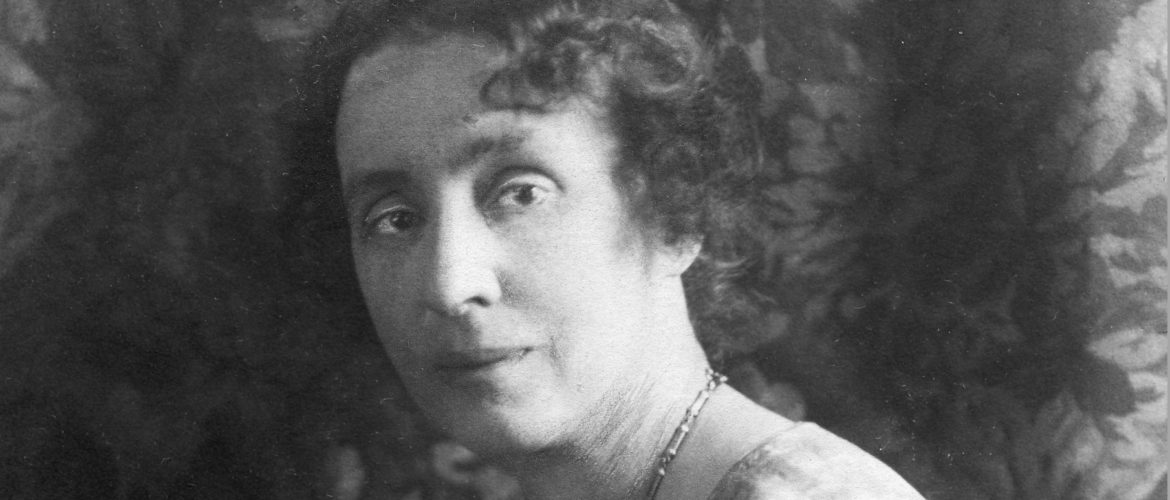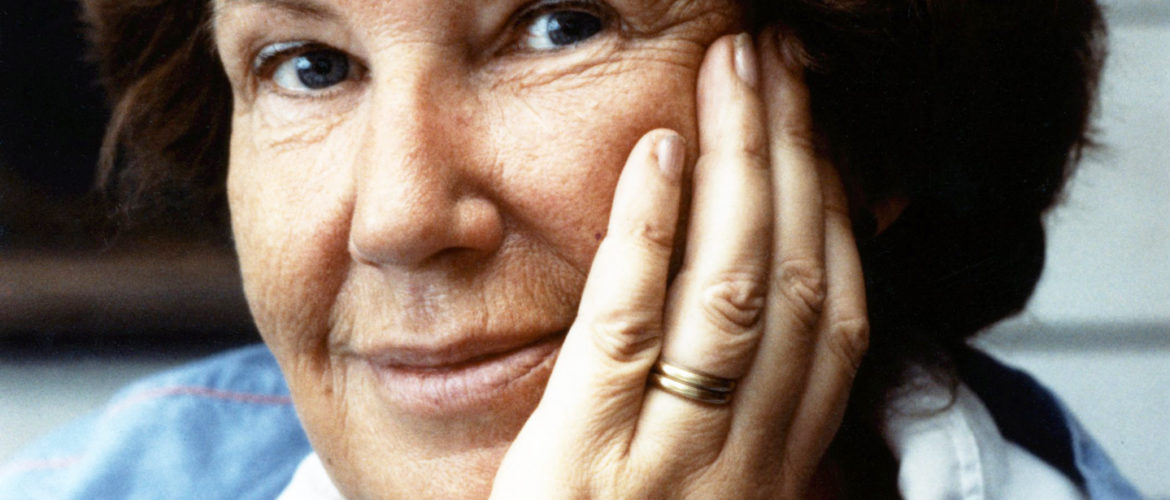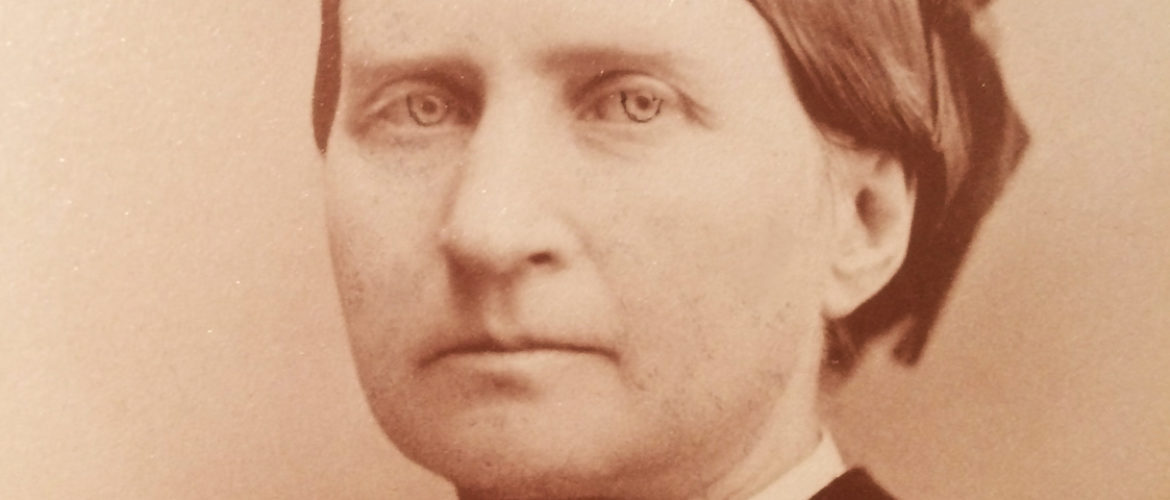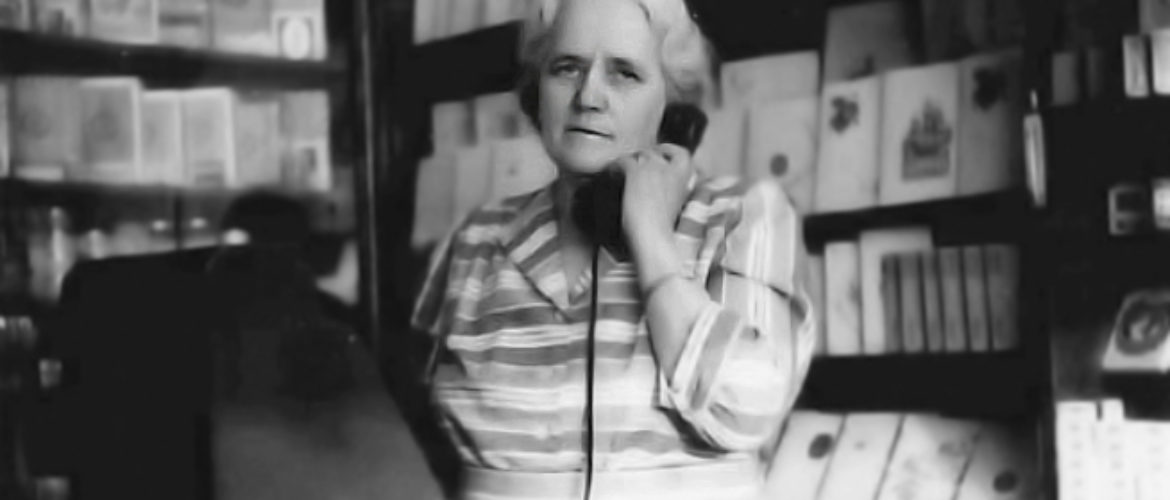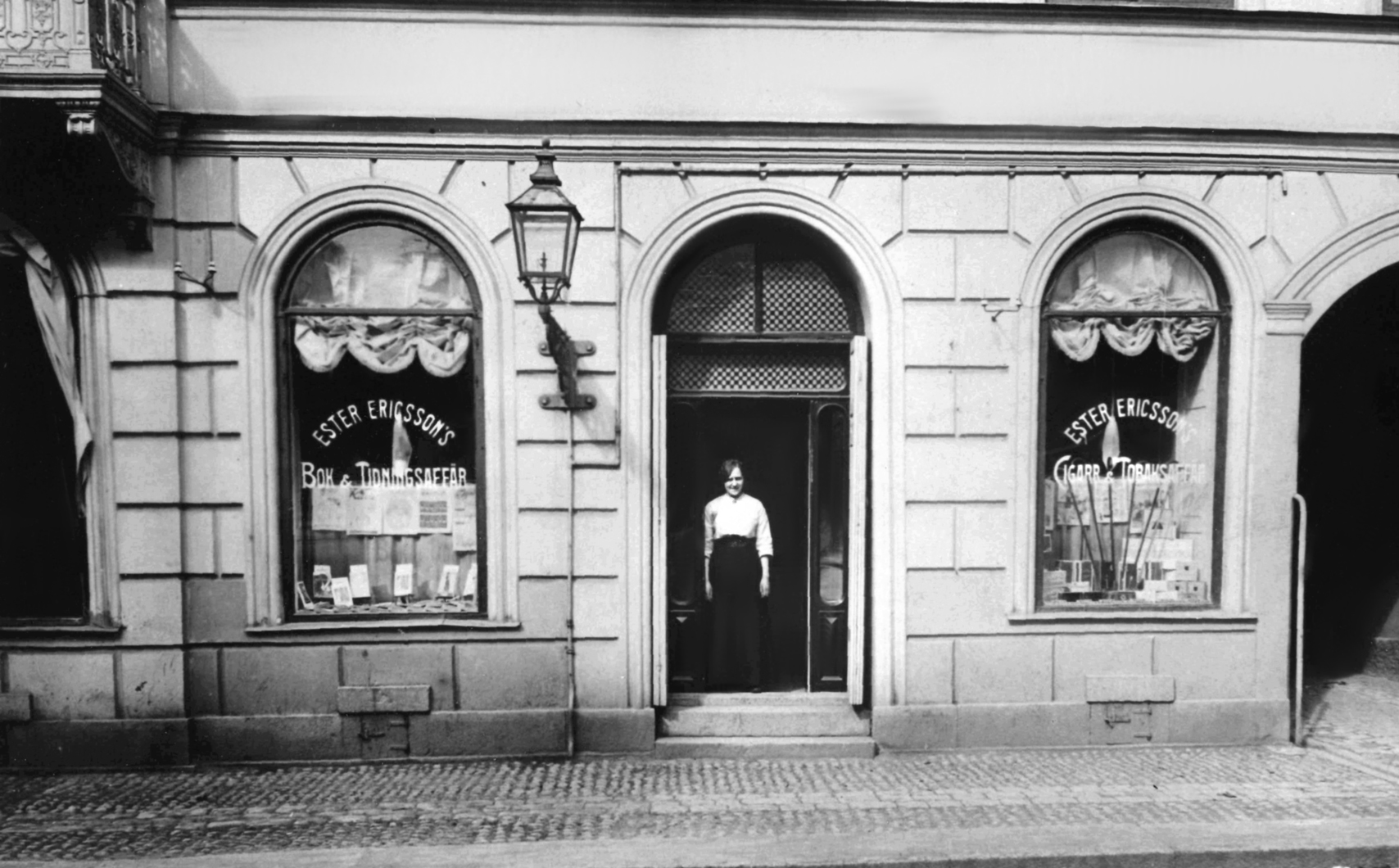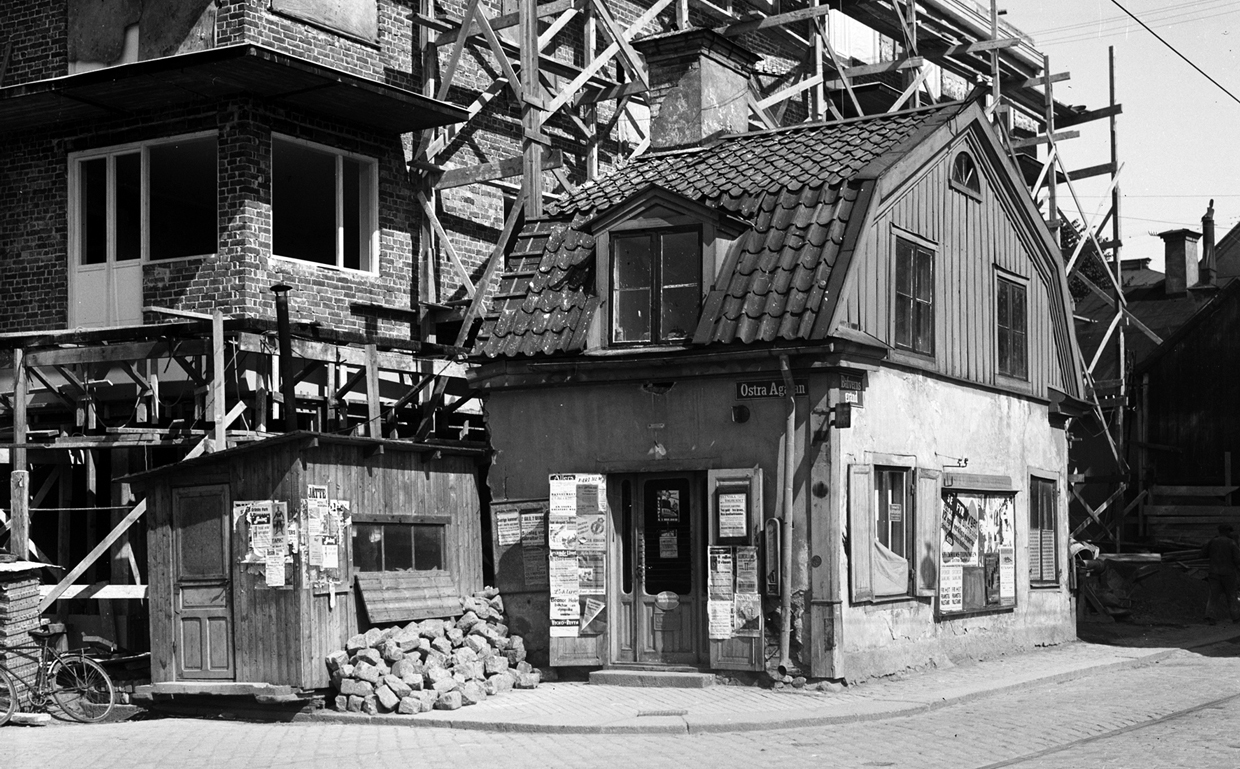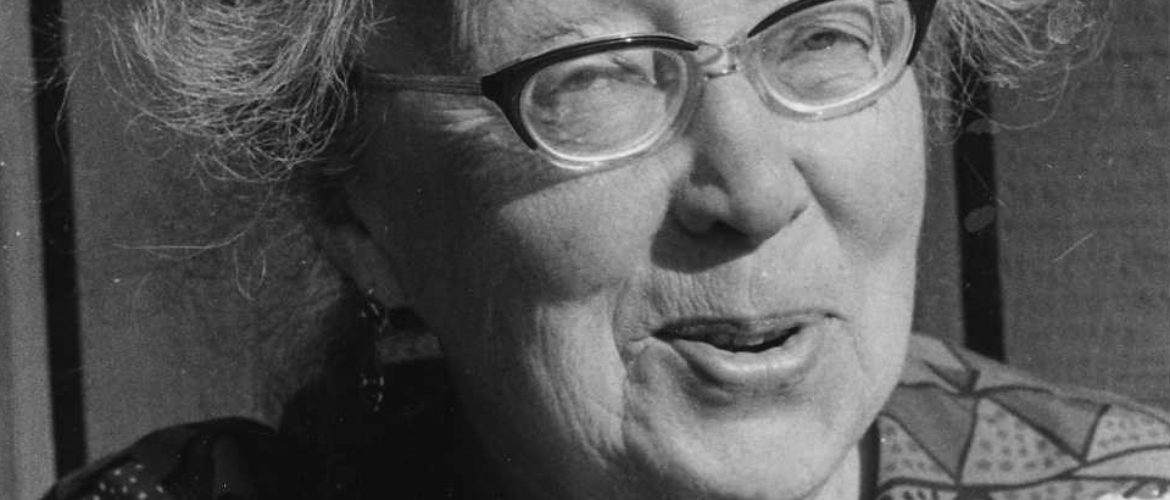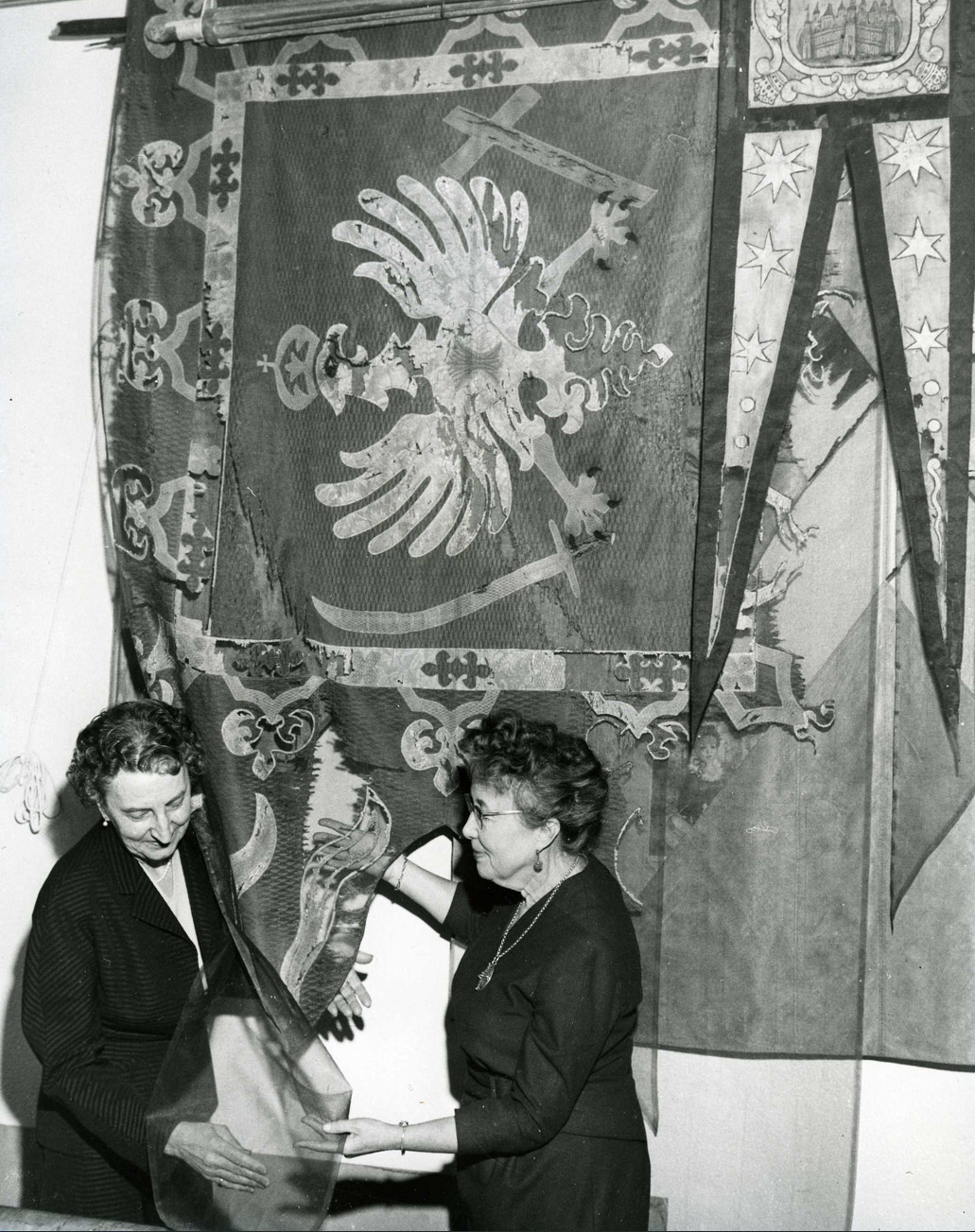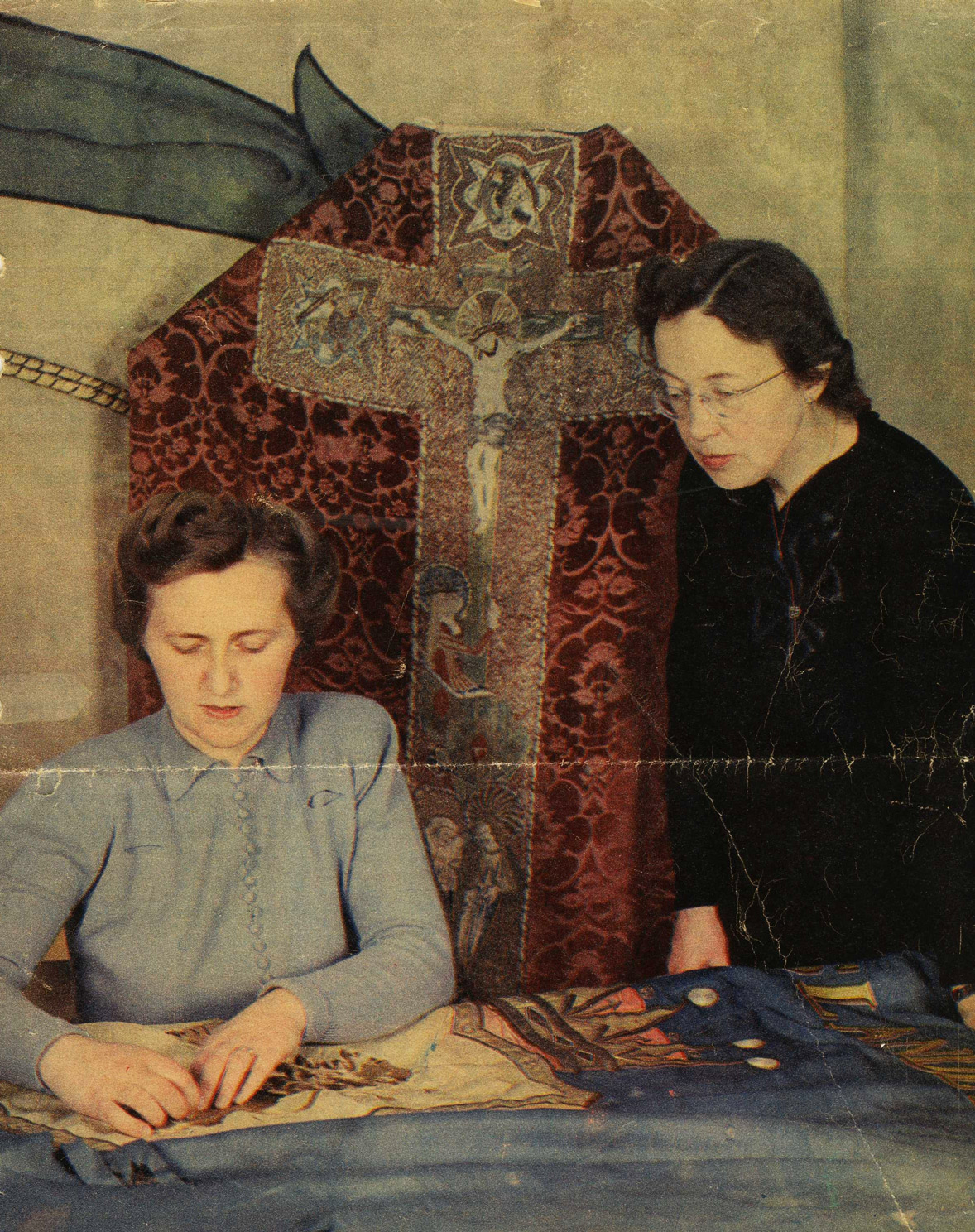1886–1970.
Lawyer.
After her graduation, Eva Andén began studying law at Uppsala University and graduated in 1912.
After a law degree she travelled around the country and lectured on the marriage, child care and poor care laws. Andén also led courses in team knowledge for rural women, organized by country Association for Women's Political suffrage (LKPR).
In 1915 Andén took over a law firm for female clients, the women's law firm, and three years later she became a first woman member of the Swedish Bar Association.
Andén's Specialty was family law and assisted mainly clients in connection with divorces, inheritance, maintenance, custody issues and division of shares in divorces. As a client, Andén had Selma Lagerlöf and Astrid Lindgren.
Eva Andén was also part of a committee that was allowed to constitute the solicitor's referral body concerning family law legislation and, at times, came to have great influence.
During the years 1950-1962 she was also chairman of the Fellowship of the Nine. Andén conducted her lawyer's activities until her death in 1970.
Burial site: 0106-0343
Image description: Eva Andén, unknown year. Photo: Atelier Hedström, Uppsala / KvinnSam, Gothenburg University Library. [The image is cropped]
Click here for an uncropped image


